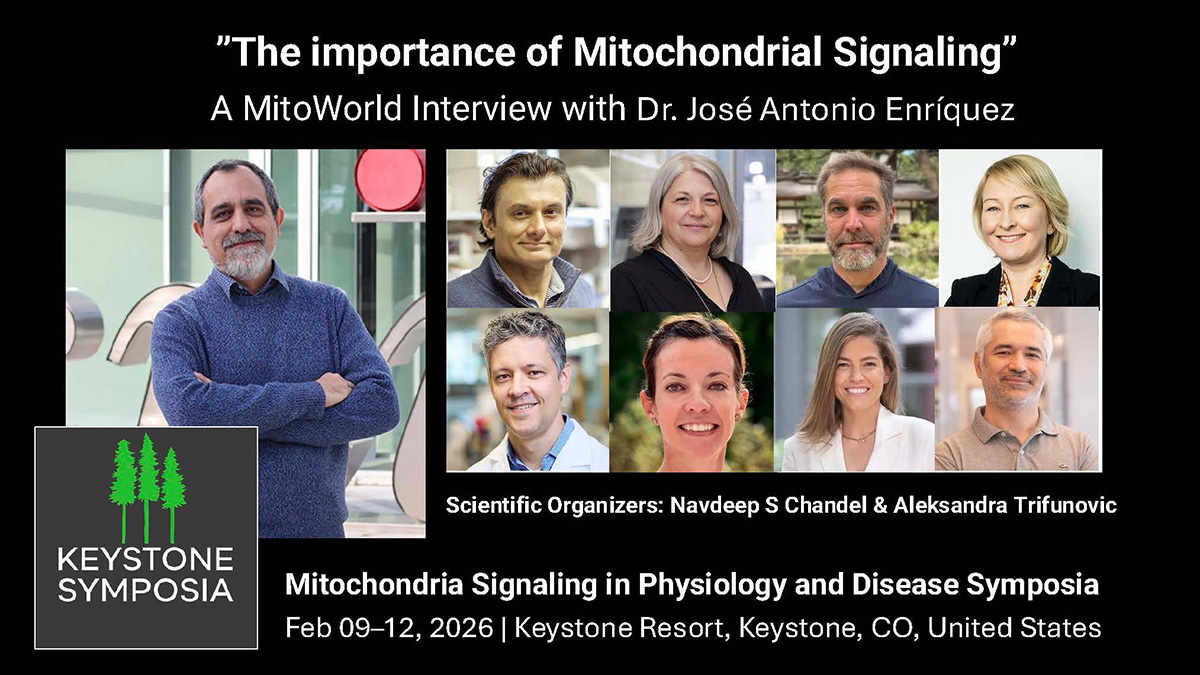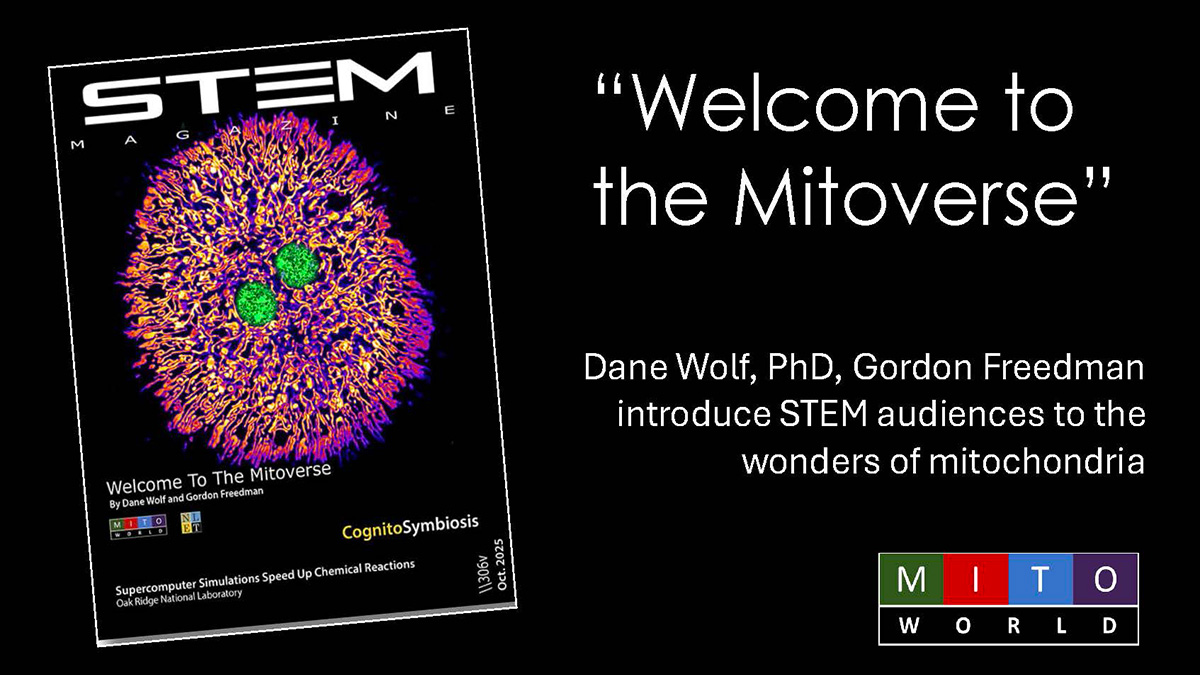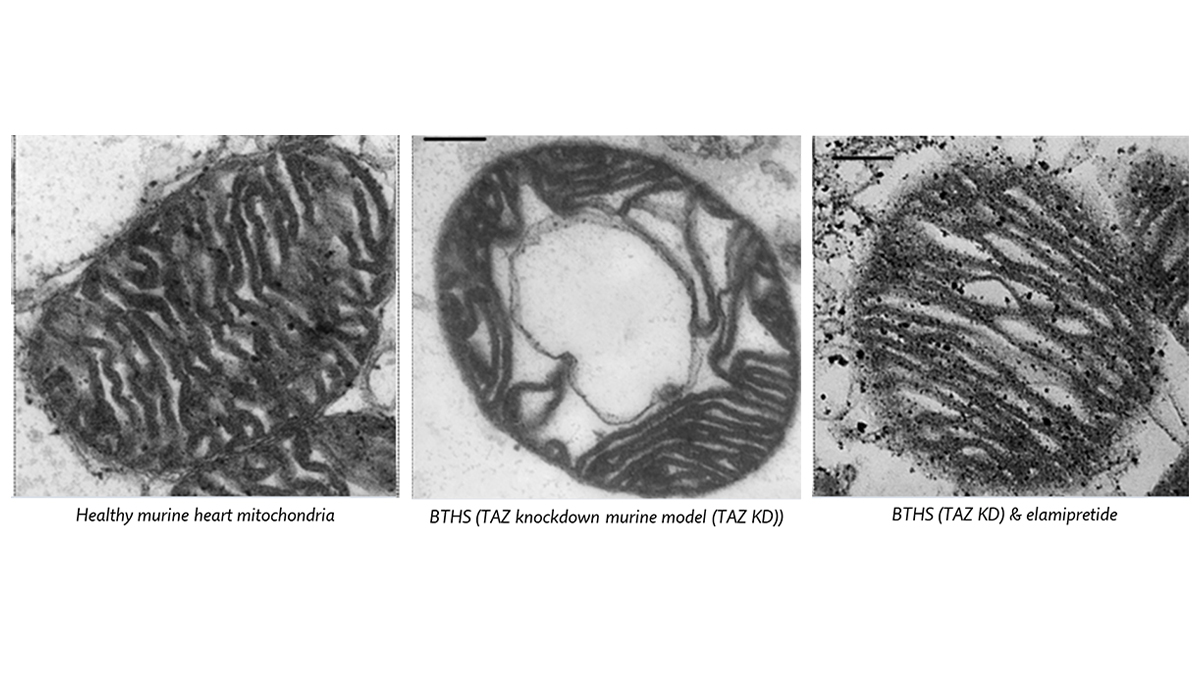
The Mighty UCLA Mitochondria CORE Facility
Since the days of van Leeuwenhoek and his microscope, new technologies have allowed researchers to look at life, quite literally, in new ways. As technologies have grown in power, they also increased in cost and complexity, often putting them beyond the means of individual researchers. Many research organizations solved this challenge by developing core facilities in which an expensive instrument is purchased for multiple researchers. Knowledgeable individuals are hired to operate it.
While many research organizations have core facilities, they typically focus on one instrument type (e.g., imaging, bioinformatics, HPLC). At UCLA, Orian Shirihai (professor of medicine and molecular and medical pharmacology) took this concept to the next level by combining advanced technologies of different modalities into a single integrative core. His Mitochondria and Metabolism Core (Core) brings together capabilities in bioenergetics, imaging, and biochemistry to facilitate the study of mitochondria metabolism. The Core may be unique in this comprehensive approach to research on mitochondria.
“Our mission is to empower scientists across academia, biotechnology, and pharmaceutical industries to design, execute, and interpret experiments related to mitochondria and metabolism. By doing so, we aim to accelerate scientific discovery and the development of novel therapies and diagnostics,” said Dr. Shirihai.
The Core comprises three sections. The bioenergetics section, led by Linsey Stiles, features several Seahorse instruments that measure oxygen consumption and extracellular acidification providing readouts of mitochondrial respiratory function, glycolysis, ATP production rates, and other metabolic measurements. The imaging section, led by Cristiane Beninca, has a broad selection of microscopes (brightfield, widefield, confocal, FLIM, and super-resolution microscopes as well as a transmission electron microscope) and techniques to study mitochondrial structure and function (e.g., membrane potential, reactive oxygen species, and NADH measurements, mitophagy flux, mitochondrial and cristae dynamics, organelle interactions) in live and fixed samples. A biochemistry section, led by Lucia Fernandez-del-Rio complements the other sections with enzyme assays, western blots, non-denaturing gels to examine mitochondria supercomplexes, and mtDNA-based assays.
The Core provides an exceptional resource for basic, clinical, and industry researchers who are interested in mitochondria research. It helps in all phases of mitochondrial research from study design to data interpretation. The Core operates on a fee-for-service recharge system, offering a range of options from full-service support to specialized training for autonomous use of advanced equipment, and everything in between.
In recent years, physicians and researchers have come to appreciate the intimate involvement of mitochondrial dysfunction in human disease. The Core provides a unique resource to accelerate research in this critical area. Its value is documented by its broad spectrum of users, including researchers at UCLA and many other organizations, such as CalTech, UC Santa Barbara, and USC.
David Shackelford, PhD (professor of medicine, UCLA), said, “The mitochondrial metabolism and the imaging cores at UCLA have been an incredible resource and been transformative with respect to our research.” Amy Wang, PhD (CEO, Enspire Bio Inc.), added, “The UCLA mitochondria cores are indispensable collaborators and have transformed the direction and focus of our research and were important for informing our scientific strategy.” Clearly, the Core is having an impact on research into metabolism and mitochondria.
For more information about the Core, please visit their website: https://medschool.ucla.edu/research/themed-areas/metabolism-research/metabolism-core.
The Core directors respond to our questions
The UCLA Core seems to be a unique resource for researchers. Are you aware of anyone else who has combined so many powerful technologies to the study of mitochondria?
Providing services as we do, no. We are the only place that can offer services and access to cutting-edge equipment to internal and external scientists in need of the techniques provided. There are certainly places with multiple researchers working in mitochondria research and sharing expertise and access to equipment, but the only way for other researchers to have access to their techniques is through collaborations. In the Core, we offer a fee-by-service system, so anybody can “hire” us to work for them.
Do you plan to add any new resources to your collection (e.g., mass spec, HPLC, new imaging methods)?
At UCLA, additional Core facilities (e.g., Lipidomics, Metabolomics, or Proteomics) are available to clients interested in a multi-omic approach, so we are not considering an expansion in that direction. In the Biochemistry Core, we are working to incorporate mitochondrial DNA (mtDNA)-based assays, such as mtDNA copy number, mutation frequency, or mtDNA nanopore sequencing, into our services. But our portfolio is always expanding as new techniques are constantly in development, and in certain cases, we even work with the clients to develop or improve the techniques they need. Particularly, in the Imaging Core, new dyes, imaging, and analysis techniques are always in development. And in the Bioenergetics Core, new ways to measure mitochondrial function or optimization of different samples are always happening. Once techniques are optimized, they can be added to our portfolio as a service to clients.
Can you describe the general idea of a couple of the studies that the Core has participated in where each of the three sections were involved?
One example is the research paper https://doi.org/10.15252/embj.2022111699. In this project, we started with a Sponsored Research Agreement with a Company that provided us with a compound to be tested. The story progressed into a scientific discovery that was published and even a new technique was developed 10.26508/lsa.202201628
The three sections work very closely together, and we also have researchers with Grants in need of the expertise of all three Cores, and we can work together with them almost as if we were part of their laboratory personnel too.
What would you estimate as the breakdown of your time spent in training, planning experiments and evaluating data, and actual experimenting?
Our top priority is to address the needs of our clients in the best way possible. So, we work together to find the best approach to do so. There are times when we have clients with more knowledge of the techniques needed, and they can be more independent on planning and even running the experiments, so training is just needed in the beginning. Other times, samples are shipped to us, and we are responsible for the whole process until the delivery of results.
How did each of your become interested in the study of mitochondria?
Cristiane Beninca: For me, it was during my PhD that my mentor discovered a new protein localizing at the mitochondria, and since that, everything became mitochondria related.
Lucia Fernandez del Rio: Back in my undergrad days, I joined the Cell Biology Department and started working in a lab that focused on oxidative stress. Since this phenomenon is deeply interconnected to mitochondria, that is where my mitochondria journey started.
Linsey Stiles: I did a rotation focused on the role of mitochondrial fusion and fission in erythropoiesis and knew immediately that I wanted to continue to study mitochondria for my PhD project.






